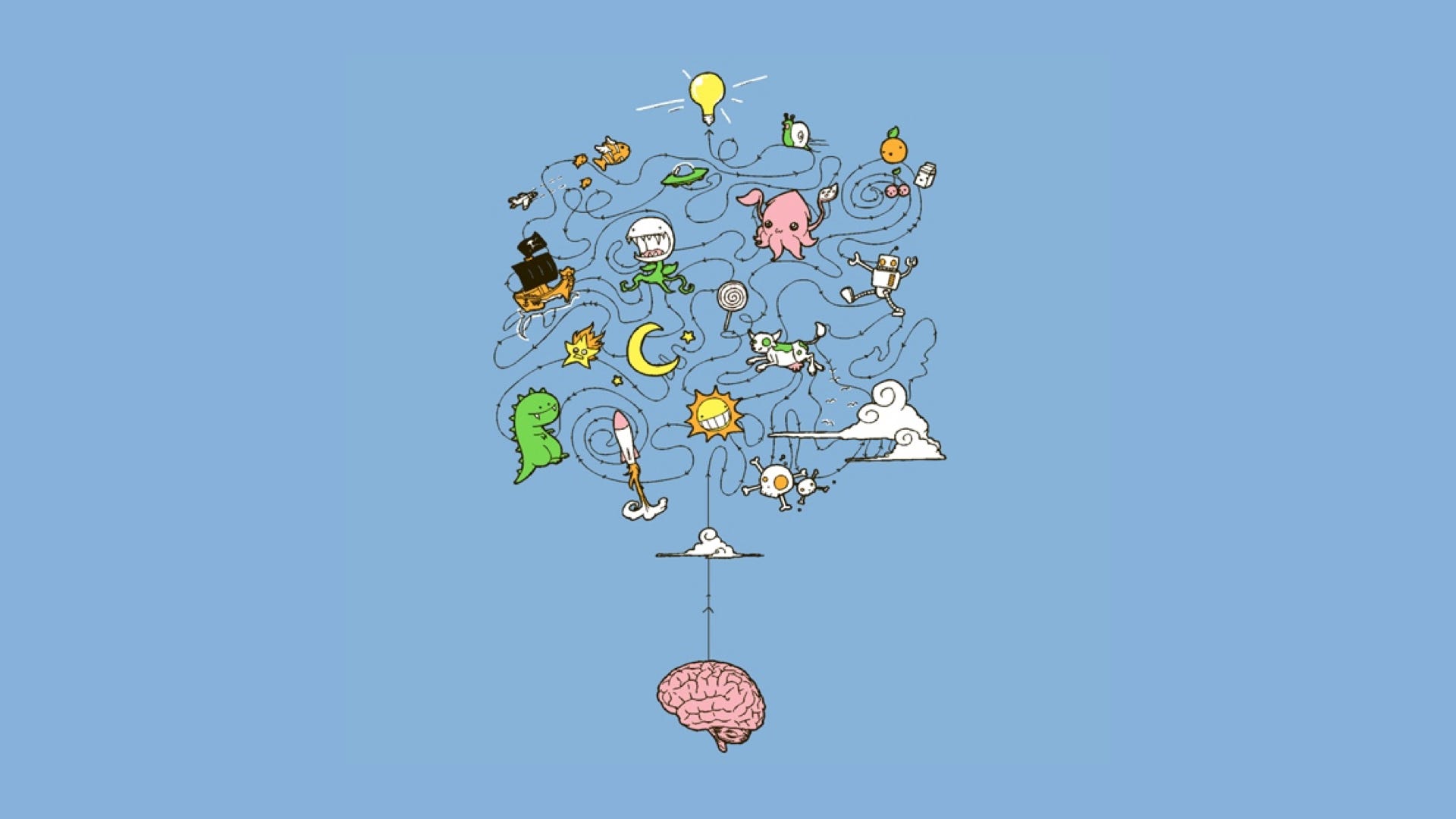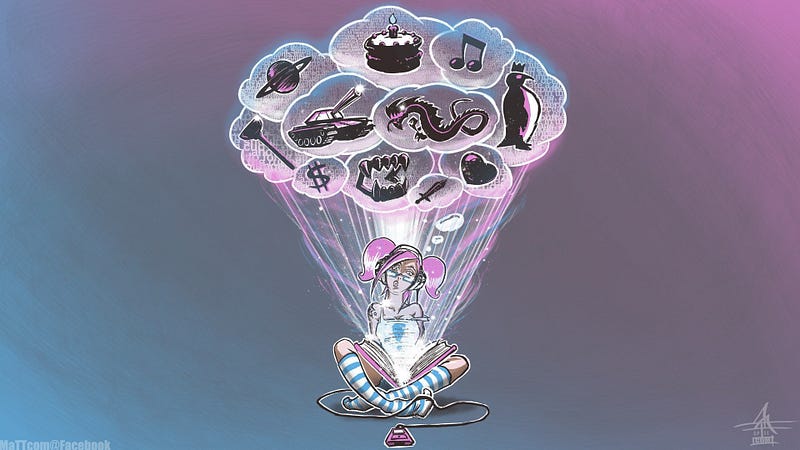
“If I had an hour to solve a problem I’d spend 55 minutes thinking about the problem and 5 minutes thinking about solutions.” — Albert Einstein
The word marinate comes from the 1640s, from the French verb mariner “to pickle in (sea) brine”.
To marinate meat is to steep it in a seasoned liquid of vinegar or wine with oil, herbs, spices before cooking.
The longer you steep the meat, the deeper the taste infiltrates the flesh.
If you rush and simply dip the meat in the marinade, it may cover the surface, but it will run off, it will not penetrate it, it will not enrich it, it will not stick.
I make this point about marination because we live in a society in which nobody has enough time. We are so busy, that we barely have time to reflect on our challenges nor our opportunities. We would not see an opportunity staring us in the face because our radar is off or frazzled, there is too much noise for us to hear the signal.
This Thursday Thought was conceived after I recently read “How to Speed Read” by the brilliant Tony Buzan. I read at least one book per week in order to be well prepared to interview our guest for the Innovation Show. My rationale for learning to speed read was that if I could read faster it would optimise my time and then I would learn more and learn faster.
I was wrong.
I did manage to get through books faster, but after each book, my knowledge felt like the meat only splashed with marinade, the knowledge did not penetrate my thoughts, it was more a splash than a constant ripple. Ripples are always my goal from knowledge because you can connect ripples of knowledge to other ripples of knowledge.
I am quite a slow reader and even slower when I take notes during reading and create mind maps (again inspired by the brilliant Buzan).
I have since postponed the speed-reading approach and reverted to my slower (note-taking) method because reading slowly never feels like a chore, it feels more relaxing, it feels therapeutic.
In any case, it dawned on me that we all need time to absorb ideas. Our minds are wired treat new ideas like strange proteins and reject them. To overcome this negative bias we need to give our minds time to marinate new notions, in order that they stand any chance.
Following is my rationale for letting our thoughts “stew”. It looks at the brain, our nervous system response and the need to switch off in order to switch on.
“Rest and Digest” and “Fight or Flight”
Most of us have heard of the “fight or flight” response, how we react to stress and danger, both real and perceived. The fight or flight system is part of our autonomic nervous system, which influences the way that our internal organs function. Unbeknownst to many is fact that the autonomic nervous system has two parts.
The Sympathetic Nervous System
Our “fight or flight” response is part of our sympathetic nervous system, a system that prepares our bodies for action. Preparation includes heart rate increase, pupil and lung dilation, saliva production and digestive function reduction, muscle contraction and glycogen turning to glucose (for short-term energy).
To understand why this happens, imagine you’re a prehistoric hunter. You leave your dwelling in the morning and head off for the day to hunt and gather for your tribe. To do this your body goes into fight or flight mode. To ensure success and safety, your nervous system needs to activate your muscles for the long walk as you hunt. It also activates the necessary functions for you to fight should you need to and that you are extra-vigilant should a bear also be hunting for food for their family.
Nowadays, we don’t need to hunt to eat nor live in fear of being attacked by wild predators, but we are still influenced by our fight or flight response and in some cases much too often.
In absence of a caveman lifestyle, our fight or flight system is now constantly activated by our manic lifestyles. We run from meeting to meeting, attend parent-teacher meetings, drop the kids to activities, rush projects to completion, meet mortgage payments etc. Our threats today can come from office politics, overwork and toxic workplaces.
We are so busy that most of us neglect the other side of our autonomic nervous system, the one which is hugely important for our well being, the parasympathetic nervous system.
The parasympathetic nervous system is our “rest and digest” system. This system helps produce a state of equilibrium in our bodies.
As a caveman, this system is activated after you have “brought home the bacon”, eaten heartily and enjoy a relaxing peaceful state of rest and digest.

Many of us do not enjoy this rest or digest state. We bring home the bacon after a 8:30–6 day at the office, endure a hectic commute, wolf down our dinner, perhaps hit the gym before dinner (fight or flight), rush to put our kids to bed (if we are lucky), prepare for the next day, pour some (more) wine and watch some mind-numbing TV, while sending a few emails. All of this is done in a rush, all done in “fight or flight” mode. All done with a high level of cortisol in our systems.
Our modern lifestyles in a world of chronic stress mean we live in a perpetual state of “flight or fight”, which promotes the rigidity of all our internal systems, INCLUDING OUR THINKING.
(Mental) White Space

In art, illustration and sculpture, there is a term called white space, also referred to as negative space. White space is the space between lines graphics, figures, or objects.
A page crammed full of text or graphics with very little white space is likely to appear cluttered and difficult to digest.
White space is not merely “blank” space. It is an important element of design which enables the objects in it to exist at all. The delicate balance between positive (or non-white) and the negative spaces is key to aesthetic composition. The white enables the non-white, the negative enables the positive.
Thinking Space
On a recent innovation show, we talked to Michael J. Gelb, author of ‘How to Think like Leonardo Da Vinci’. Michael tells us when Leonardo was working on ‘The Last Supper’, he spent many days on the scaffold, painting from dawn until dusk; then, without warning, he would take a break.

The Prior of Santa Maria delle Grazie who contracted Leonardo was not amused and insisted Leonardo complete the work. He thought it was strange that Leonardo sometimes passed half a day at a time lost in thought. Like anyone paying the bill, he would have preferred Leonardo, just like the labourers in the garden, never to have laid down his brush.
When confronted by the duke about his working habits Leonardo persuaded him that “the greatest geniuses sometimes accomplish more when they work less.”
The Space Between the Lines
Great musicians claim that their art comes to life in the spaces between notes. Master sculptors point to the space around their work as the secret of its power. Great typographers start with the space between the lines.
Similarly, the spaces between our conscious efforts provide a key to creative living and problem-solving.
These spaces between, allow perceptions, ideas, and feelings to marinate.
The huge challenge to creativity is that business culture does not allow for it. The working world has evolved, our brains have adapted, but our working practices still live in the age of the industrial revolution.
Neuroscientists estimate that our unconscious database outweighs the conscious on an order exceeding ten million to one. The unconscious database is the source of our creative potential, but work practices do not allow us the time to access it. If we were to do this (our job) on the job, we would look like slackers and would surely receive reprimand just as Da Vinci did.
We can access the deeper creative part to ensure the marination of our thoughts, here is how it works.
Default Mode v Task Positive
Our excellent innovation show guest Dr Srini Pillay told us our minds are most productive and creative when we intersperse intense activity with non-activity. This is when we focus on a problem or a meeting intensely and then switch off, daydream, stare out a window, imagine, dream, meditate and even doodle.
This is the activity of the DMN and the TPN.
Marcus Raichle discovered when the brain was unfocused (at rest), it was even more active than when it was focused on a task. He observed that areas of the brain lit up when the brain was NOT engaged in a task that required focus.
Raichle called these regions of the brain “the default mode network” (dubbed the “Does Mostly Nothing Network) or DMN.
If the DMN is a non-active network, then there must be an active network. This active network is called the “task-positive network,” or the TPN. Unlike the DMN, this network lights up when the brain is engaged in a task that requires conscious attention.
Research tells us people daydream 46.9% of the time, but they do not allow to do it. Dr Pillay assures us if we were to set aside time in our day for “unfocus”, we would not only spark creativity, but we would be more productive during our “focus” times. This approach is called “attention cycling” and by dipping in and out of focus, we can get more out of our focus time.
For this to happen we must work in a psychologically safe work environment that accepts Aidan is having a nap/meditating/doodling for 10 minutes. We also need to plan this as part of our day. Just dabbling with it will not make it a success. I see this as going to the gym without a programme. When attention cycling forms part of our day, we get much more done and we are more mindful whilst in states of focus. In addition, we are not drained at the end of the day and as a result, we enjoy our work more. (For tips on how to do this such as positive constructive daydreaming check out EP 73: “Focus and Unfocus”, Power your Creativity with Dr Srini Pillay.)
Subconscious Simmering

Michael Gelb counsels that modern psychological research shows that when we study or work for an hour, and then take a complete break for ten minutes, we recall the information better at the end of the ten-minute break than it was at the end of the hour. Psychologists call this phenomenon The Reminiscence Effect.
Almost no one claims to get his or her best ideas at work. This is why innovation workers break the cycle of a typical workday when they run sessions, they insist on being off-site. Most of our ideas come while walking in nature, listening to music, taking a shower or simply staring out the window.
We work in a knowledge economy, so our brains are our muscles. To be the best we can be, we should know how to optimise our muscles, just as a finely tuned athlete does.
The next time you are experiencing a mental barrier, remember what Da Vinci did, remember attention cycling and remember the importance of rest and digest.
THANK YOU FOR READING, IF YOU LIKE THIS PLEASE HIT A THUMB SO OTHERS WILL SEE IT.
This week’s innovation show is EP 102: How to Invest Your Time Like Money with Time Investment Expert and author Elizabeth Grace Saunders
“Someone once told me the definition of hell; on your last day on earth, the person you could have become will meet the person you became.”
We often go through life doing stuff, often without assessing is it the right stuff, we don’t even do stuff for ourselves and we end up wondering what we could have done in our lives.
Globally, not having enough time is a cause of immense stress. Today’s show is dedicated to shining a light on how we could better manage our time and focus on what is important.
Our guest is internationally recognised expert on time investment and author of ‘How to invest your time like money” Elizabeth Grace Saunders
We talk:
- Symptoms of poor time management
- The psychology behind our issues
- The ways we can recognise where we are going wrong
- The framework of how to manage our time
- The routines for recurring time costs
- and much more
You can find out about Elizabeth and her books here:
Have a listen:
Website http://bit.ly/2FwsOJw
Soundcloud https://lnkd.in/gBbTTuF
Spotify http://spoti.fi/2rXnAF4
iTunes https://apple.co/2gFvFbO
Tunein http://bit.ly/2rRwDad
iHeart Radio http://bit.ly/2E4fhfl
By the way, the show is now broadcast on Business FM in Finland if that is your part of the world.